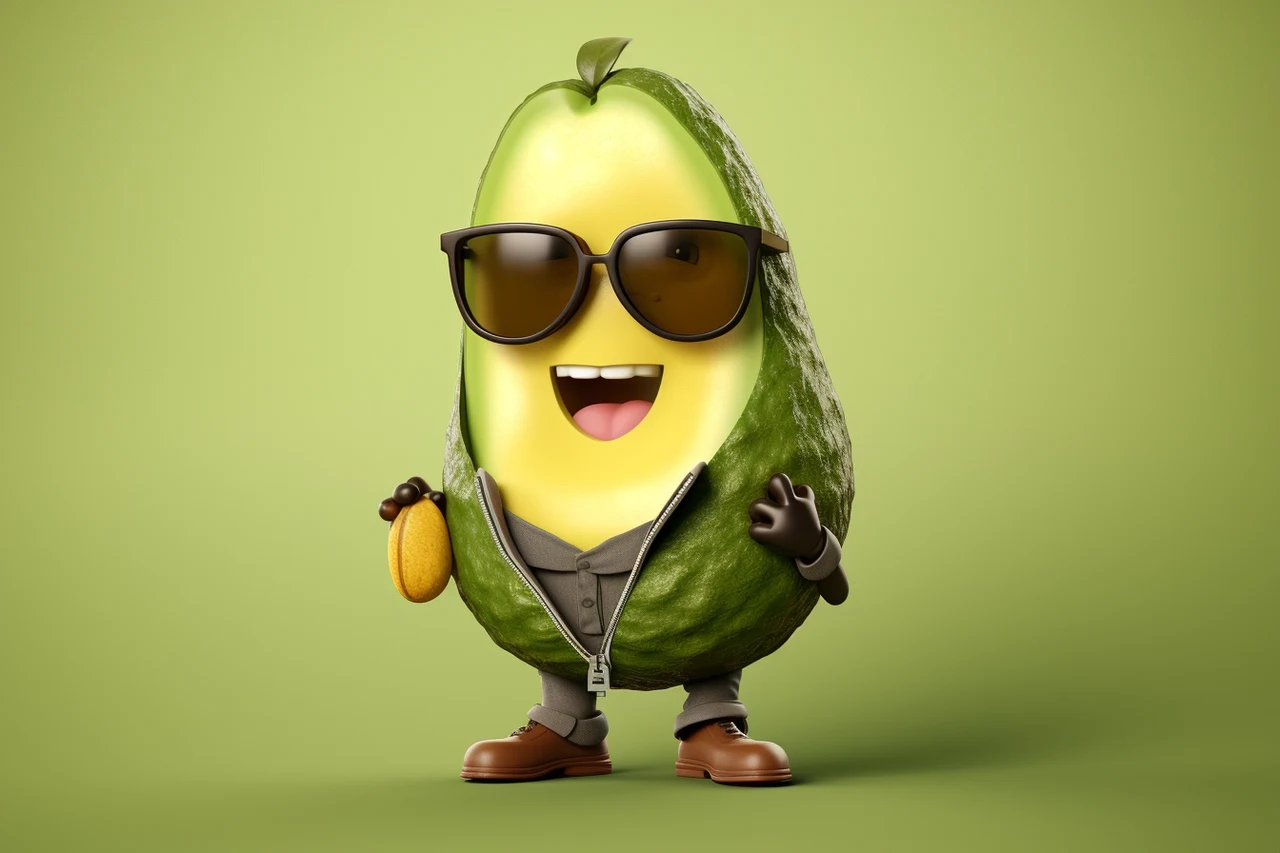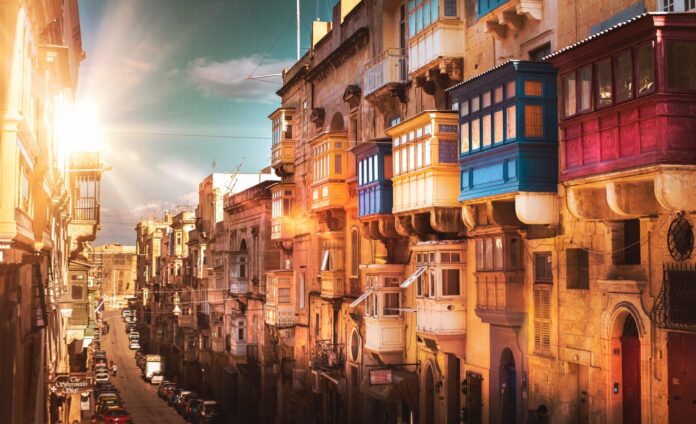If you are looking to get the most out of the OpenAI AI art generation model DallE 3 which is now being integrated into ChatGPT and Bing Image Creator allows you to quickly and easily create images on any subject you can think of using pain text commands. This quick guide will provide a few more tips and tricks to help you create the best possible AI artwork for your needs. Whether you are beginner or have been using DallE 3 for some time these tips and tricks will help you refine your artistic creation prompts for better results.
When you’re creating a series of images, using seed numbers can be incredibly helpful. They act like a blueprint, ensuring that characters or elements look the same every time you generate them. This consistency is crucial when you want your images to have a uniform appearance.
Another powerful tool at your disposal is the new OpenAI Generative Pre-trained Transformer (GPT) app builder, which you can customize to fit your unique style. Enabling you to build a variety of different custom GPT models that can be used to create specific artwork depending on your needs, without you having to re-enter the same prompts again and again. By teaching it your preferences, you can automate parts of the image creation process, which can greatly increase your efficiency.
For example you could create a GPT to create images that feel lifelike without being direct copies of reality. When asking DallE 3 to draw images like this it’s essential to provide detailed descriptions. The more specific you are with your instructions, the more closely the final image will align with what you had in mind.
Using DallE 3 tips and tricks
If your images include text, using quotation marks can ensure textual precision. This small detail guarantees that D3 accurately captures the text you want to include in your visuals. Watch the video below kindly created by Zawan Al Bulushi who goes into more detail and demonstrates how you can easily control DallE 3 using the right prompts and techniques.
Here are some other articles you may find of interest on the subject of creating amazing AI artwork using DallE 3 :
It’s also important to be clear about the size and orientation of your images. Whether you’re aiming for a wide landscape or a tall portrait, setting these parameters helps D3 create the perfect image for your project.
The prompts you input greatly influence the precision of your generated images. The more detailed and specific your prompts are, the better D3 can tailor its output to meet your requirements.
The choice of adjectives can have a significant impact on the emotional tone of your images. Words like “gloomy,” “vibrant,” or “serene” can dramatically affect the mood and feel of your visuals.
- Utilize Seed Numbers: Ensure consistency in characters or elements across a series of images by using seed numbers.
- Leverage GPT Customization: Teach the model your preferences to automate and refine the image creation process.
- Provide Detailed Descriptions: Specific and detailed instructions lead to more accurate and lifelike images.
- Use Quotation Marks for Text: This ensures the exact text is included in your visuals.
- Specify Size and Orientation: Clearly define whether you need a landscape, portrait, or specific dimensions.
- Craft Detailed, Specific Prompts: The precision of your prompts directly influences the accuracy of the generated images.
- Select Adjectives Carefully: The choice of adjectives can significantly influence the mood and tone of the images.
- Strive for Conciseness: Balance detail with clarity to avoid confusing the AI.
- Reference Artistic Styles or Themes: Mention specific artistic inspirations like Baroque or minimalism to guide the AI.
- Emphasize Lighting and Mood: These elements are key in setting the emotional depth of your images.
- Indicate Perspective: Choose from aerial views, close-ups, or other perspectives to tell your story.
- Add Contextual Elements: Include seasonality, time of day, or cultural motifs for deeper engagement.
- Iterate and Refine Prompts: Continuous refinement based on outcomes improves precision and personalization.
Bing image creator
While it’s important to include rich details, it’s equally important to be concise. If your prompts are too complex, they can confuse the AI, so aim for clarity in your instructions.
You can also guide the image generation process by referencing specific artistic styles or themes. Whether you’re inspired by the grandeur of Baroque art or the simplicity of minimalism, these references can help D3 align with your artistic vision.
The lighting and mood you specify play a crucial role in the emotional depth of your images. Lighting, in particular, can completely change how a scene is perceived, making it an essential element to consider in your prompts.
For your scenes to feel authentic, it’s important to indicate the perspective. Whether you want an aerial view or an intimate close-up, the perspective you choose can change the story your image tells.
Additional Tips:
- Experiment with Color Palettes: Define specific color schemes or palettes to align the image with your visual theme.
- Use Historical or Geographical References: Incorporating such references can add authenticity and depth to your creations.
- Mention Texture and Material: Describing textures or materials can add a tactile quality to the images.
- Incorporate Symbolic Elements: Adding symbols or metaphorical elements can enrich the narrative of your artwork.
- Balance Abstract and Concrete Elements: Mixing abstract concepts with concrete details can create intriguing and unique images.
- Request Different Artistic Techniques: Specify techniques like pointillism, watercolor, or digital art for varied stylistic effects.
- Play with Scale and Proportion: Altering these can lead to surreal or impactful visual statements.
- Specify Environmental Context: Include details about the environment or setting to enhance realism.
- Utilize Negative Space: Consider how the use of empty space can contribute to the composition.
- Incorporate Motion or Dynamism: Suggesting movement can make the image feel more alive and engaging.
- Adjust Complexity According to Purpose: For more abstract or conceptual purposes, simpler prompts might be more effective.
Adding elements like seasonality, time of day, or cultural motifs can give your images more context and depth. These details can make your visuals more engaging and meaningful to your audience.
It’s important to remember that refining your prompts is an iterative process. Your first attempt might not be perfect, but by making successive refinements based on the outcomes, you can get closer to the ideal image. Precision and personalization in your prompts are crucial for making the most of D3’s sophisticated capabilities.
By following these tips, you’ll not only enhance your skills in image generation with D3 but also create visuals that resonate deeply with your artistic vision. Whether you’re a seasoned professional or just starting out, these strategies will help you craft stunning images that stand out in the digital landscape.
Filed Under: Guides, Top News
Latest aboutworldnews Deals
Disclosure: Some of our articles include affiliate links. If you buy something through one of these links, aboutworldnews may earn an affiliate commission. Learn about our Disclosure Policy.







